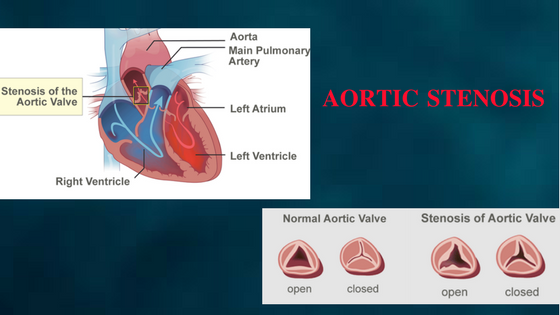Aortic
Stenosis Treatment & Management
Aortic stenosis is one
of the most common valvular disease in the Western world and it is also known
as the third most prevalent form of cardiovascular disease which
affects mainly people over age 60. Aortic Stenosis occurs when aortic valve
narrows, this valve is present between the left ventricle of the heart and the
aorta. This reduces or blocks the delivery of blood from the heart to main
artery. Drug therapy for the treatment remains ineffective, and the replacement
of surgical aortic valve is the only effective long-term treatment.
Classic symptoms of
aortic stenosis include angina, heart failure, and loss of consciousness. Once
symptoms appear, surgical aortic valve replacement should be promptly referred
for the patient with severe aortic stenosis,
as survival is poor unless outflow obstruction is relieved. Risk
factors for aortic stenosis are similar to those of coronary artery disease and
include smoking, high blood pressure, high cholesterol, diabetes.
The challenge is the
management of severe but asymptomatic aortic stenosis. An abnormal response to
exercise stress testing and elevated biomarkers may identify a higher-risk
group that might benefit from closer follow-up and earlier surgery. The
severity can be divided into mild, moderate, severe, and very severe based on
ultrasound of the heart findings.
Transcatheter aortic
valve implantation is one of the recent procedures of choice for patients at
high risk normally for the patient for whom surgery is not feasible, and it
might be known as an alternative to surgery in other patients at high risk even
if they can undergo surgery.
Advances in
prosthetic-valve design, cardiopulmonary bypass, surgical technique, and anaesthesia
have steadily improved the outcomes of aortic valve surgery. Diagnosis includes
Electrocardiogram, Heart catheterization, Chest X-ray. Medication: Aortic valve repair, Aortic valve
replacement, Trans-catheter aortic valve replacement.





Comments
Post a Comment